1. The Ronco Food Dehydrator
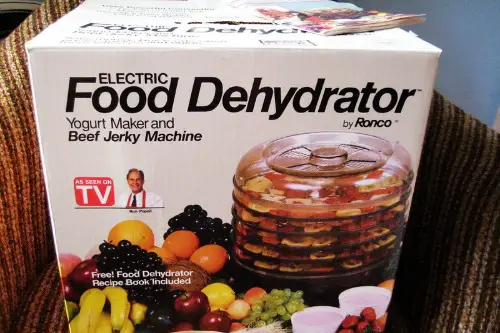
Ah yes, the Ronco Food Dehydrator—because what every ’90s family needed was pounds of homemade banana chips. This As Seen on TV miracle claimed to preserve everything from jerky to herbs, and it sold like crazy after those hypnotic infomercials. But in practice, it took 12 hours to turn your fruit into flavorless rubber. Worse, many users found the plastic trays warped in the heat or cracked after a couple of uses.
People expected a sleek snack solution; what they got was a noisy, bulky tower that barely fit on the counter. The cleanup? A nightmare. And unless you were a hardcore survivalist, the novelty wore off fast. Most of these ended up in yard sales or Goodwill within a year.
2. Gatorade GatorGrip Water Bottles
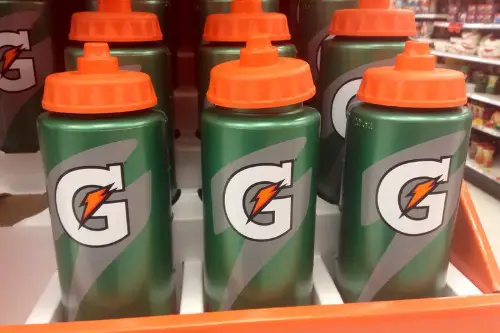
These chunky plastic bottles were everywhere in the late ’90s—from soccer sidelines to gym class. They were marketed as ultra-durable, leakproof, and perfect for athletes on the go. But many kids found out the hard way that the plastic caps had a tendency to crack or fall off altogether. And that “no-spill” nozzle? It absolutely spilled.
Worse, the rubber grip often peeled off or got grimy, which made the bottle less “extreme” and more gross. Plus, they weren’t dishwasher-safe, so they started smelling like a swamp pretty quickly. Despite the flashy colors and team logos, they just didn’t hold up to daily use. Everyone eventually downgraded to a regular bottle—or just drank from the hose.
3. The Ab Roller
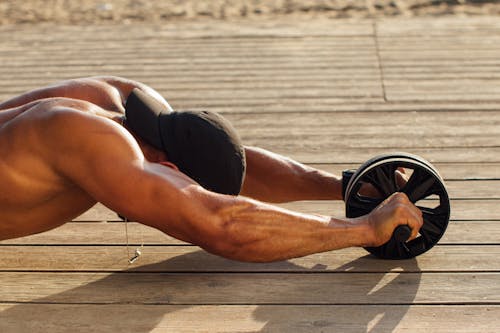
This was the holy grail of late-night infomercial fitness. The Ab Roller promised a ripped six-pack with minimal effort—just roll, crunch, and get shredded. But the flimsy frame often bent or squeaked, and the headrest padding flattened out within days. Even worse, it did little to isolate abs and sometimes led to neck strain if you weren’t using perfect form.
Despite testimonials of “dramatic results in just minutes a day,” users quickly discovered the only thing shrinking was their enthusiasm. The plastic joints wore down fast, and the whole thing rattled like a shopping cart. Eventually, it became a coat rack or was shoved under the bed. So much for revolutionizing home fitness.
4. Talkboy by Tiger Electronics
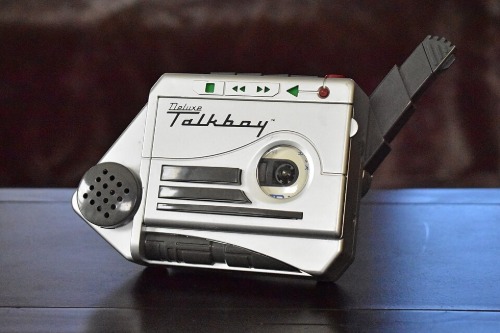
Thanks to Home Alone 2, the Talkboy became one of the most-wanted gadgets of 1993. Marketed as a “deluxe voice recorder,” it promised endless hours of audio hijinks and home-brewed pranks. In reality, the sound quality was barely audible, and the playback speed feature that slowed voices down quickly lost its charm. The sliding microphone often jammed or snapped off entirely.
Kids who begged for it were left with a clunky device that ate batteries like candy and offered only a few minutes of record time. The novelty wore off once you realized how little it actually did. Within a week, it was usually tossed aside for Game Boy or forgotten behind the couch. It may have won Christmas, but it didn’t win longevity.
5. The Flowbee

If you watched TV late at night in the ’90s, you probably remember the Flowbee—the vacuum-powered haircutting system that promised “salon style at home.” It was pitched as a revolution in DIY grooming, with zero mess and pro results. But in practice, it tugged hair, clogged easily, and left you looking more like a lawn than a person. The attachments often didn’t stay in place, making uneven cuts almost guaranteed.
Barbers and stylists weren’t exactly sweating. Most people tried it once, then shamefully crept back to their regular hairdresser. Unless you had a very forgiving sense of humor (or were cutting a toddler’s hair while they squirmed), it just didn’t deliver. Even the name sounded like something from a sci-fi spoof.
6. Sony MiniDisc Player
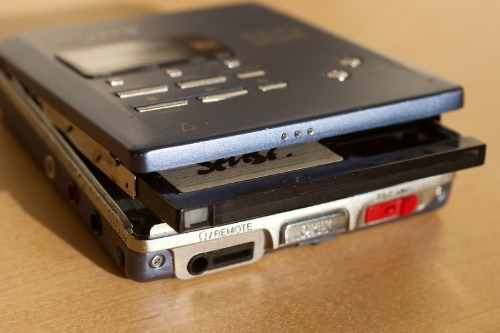
The MiniDisc was supposed to be the future—better sound than cassettes, more durable than CDs, and recordable! Sony marketed it hard in the mid-’90s, pushing it as the next big thing in portable music. But the proprietary format meant you had to buy special discs, and the players themselves were fragile and expensive. Worse, most albums weren’t released on MiniDisc, so you had to record them yourself in real time.
That got old fast, especially when MP3 players showed up just a few years later. The buttons on many models wore down quickly or got stuck, and battery life was underwhelming. It sounded like a high-tech dream but flopped hard once you actually tried to use it. Everyone went back to their Discmans—or waited for the iPod.
7. Color Changing T-Shirts
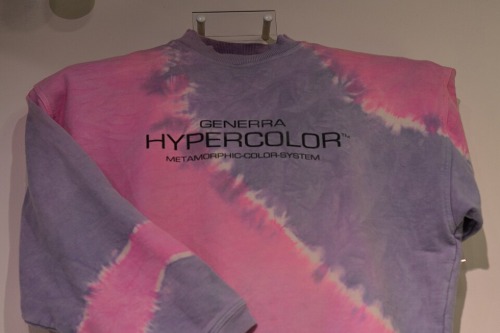
Remember those Hypercolor shirts? One second you’re cool, the next you’ve got weird handprints and sweat maps all over your chest. These shirts reacted to body heat and were supposed to be “interactive fashion,” but in reality, they mostly highlighted where you were sweating. Even worse, the color-changing effect faded after just a few washes—or one trip through the dryer.
The shirts also got stiff or discolored, and once the effect wore off, you were stuck with a blotchy pastel tee. Kids loved the gimmick at first, but the embarrassment kicked in fast. No one wants to wear a shirt that maps your armpits like thermal imaging. They were briefly trendy, then quietly exiled to the back of every drawer.
8. The “No-Mess” Glue Pen
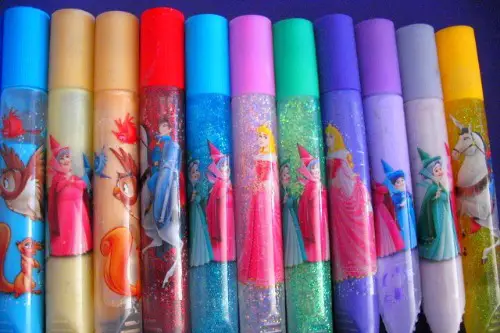
This school supply promised kids and parents a miracle: clean, precise gluing without the drippy mess of traditional white glue. The problem? The tip usually dried out after one use, or worse, got so clogged that the whole pen was unusable. And if it did work, the glue barely held anything in place.
Teachers hated them, and kids quickly switched back to classic Elmer’s. The plastic casing often cracked if dropped, and there was no way to refill them. They looked futuristic but were functionally inferior in every way. Another victim of overdesign and underperformance.
This post 8 Products That Were Guaranteed to “Fix Everything” in the ’90s—And Broke Within a Week was first published on American Charm.


